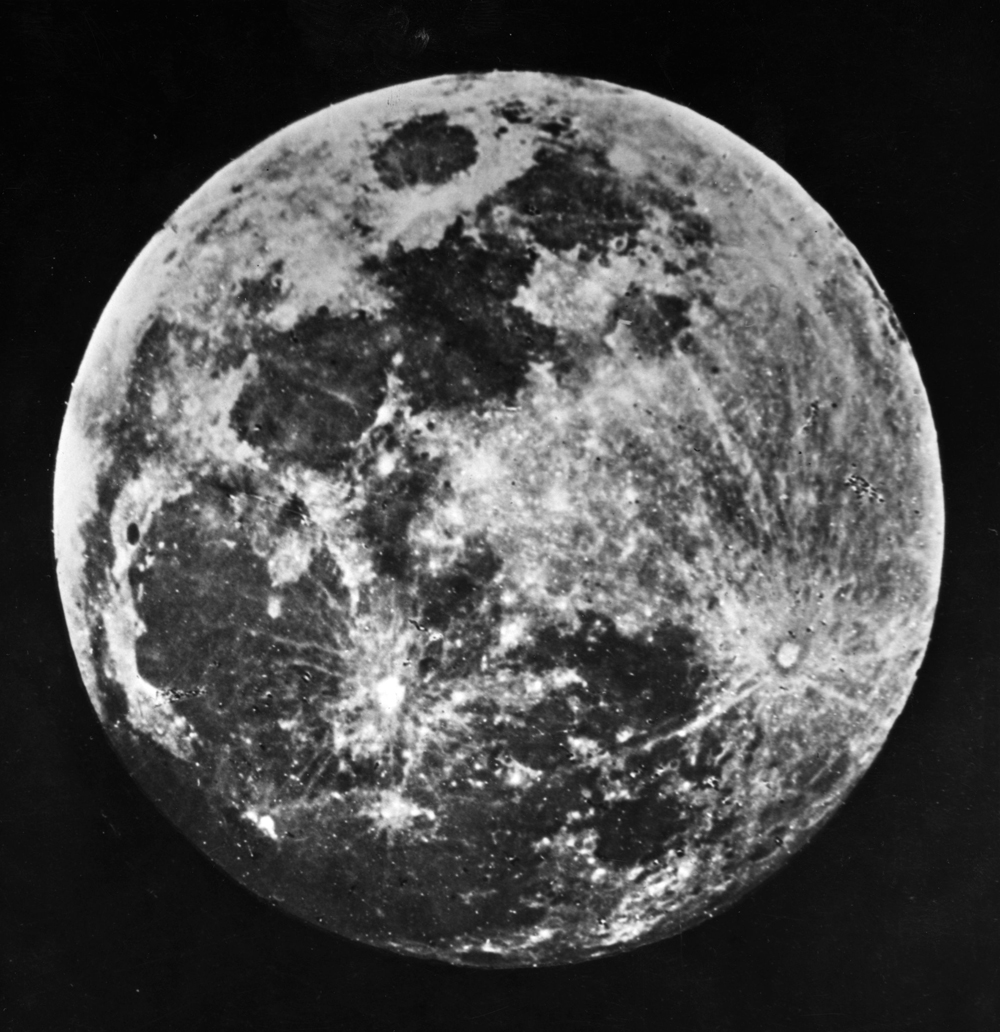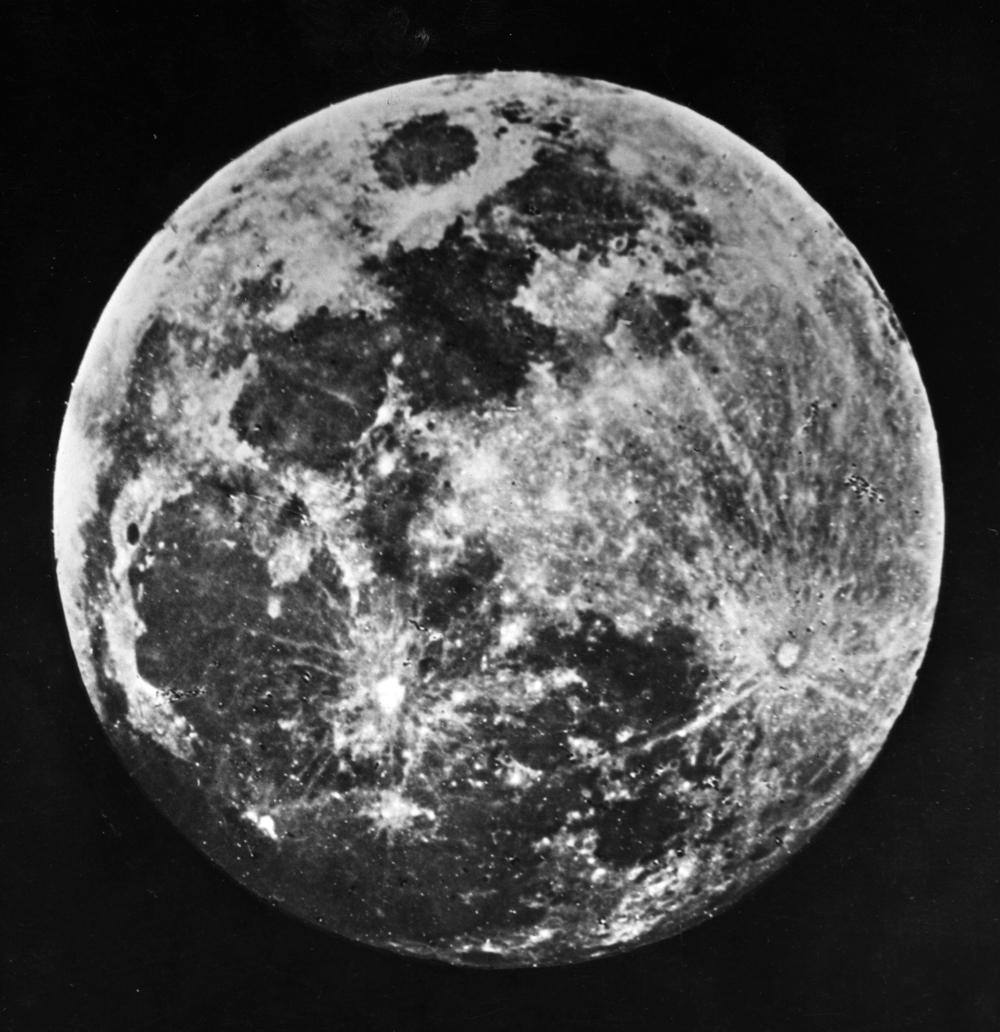
At a time of year when days are short and the nights long, we in the northern hemisphere spend a good deal of time gazing at the night sky — an occupation that has always lent a particular sort of enchantment to our earthbound lives. Humanity’s fascination with what’s out there is hardly new: the desire to explore uncharted waters and discover new lands speaks volumes about our enduring curiosity, while the hold that a heavenly body like the moon has on our imaginations suggests that we’ve never limited our ambitions to the terrestrial realm.
We’ve built monuments and shrines to Earth’s seemingly eternal satellite. Ancient charts mapped her movements. Legends and religions rely on her changeable face to explain life and death. And despite her central role in earthly affairs, it’s still astonishing to learn that someone made the first detailed photograph of the moon a mere decade and a half after a French inventor named Joseph Nicéphore Niépcethe took the very first photograph in history.
In 1826 or 1827, Niépce made what is widely acknowledged as the first photo — a ghostly but, with effort, recognizable view from an upstairs window at his estate in Burgundy. Ingrained in the notion of photography from the very start, then, is this idea of looking out from within — an exploration of one’s place in the world. The need for light, and a lot of it, necessitated that Niépce shoot his picture during the day, in order to properly expose his image for hours.
Fast forward ten years later to 1838, when another French inventor, Louis Daguerre, made the earliest known candid photograph of a person — a picture of a Parisian shoe-shiner.
Daguerre also made early daguerreotypes of the crescent moon, but it was left to English scientist, chemist and historian John William Draper to make the very first detailed photograph of the full moon in 1840.
This year we mark the Winter Solstice on December 21st: the shortest day of the year and our longest night together with the moon.
John William Draper (1811-1882) was an American scientist, philosopher, physician, chemist, historian and photographer. He is also credited with producing the first clear photograph of a female face.
Erica Fahr Campbell is an associate photo editor at TIME.

More Must-Reads from TIME
- Donald Trump Is TIME's 2024 Person of the Year
- Why We Chose Trump as Person of the Year
- Is Intermittent Fasting Good or Bad for You?
- The 100 Must-Read Books of 2024
- The 20 Best Christmas TV Episodes
- Column: If Optimism Feels Ridiculous Now, Try Hope
- The Future of Climate Action Is Trade Policy
- Merle Bombardieri Is Helping People Make the Baby Decision
Contact us at letters@time.com